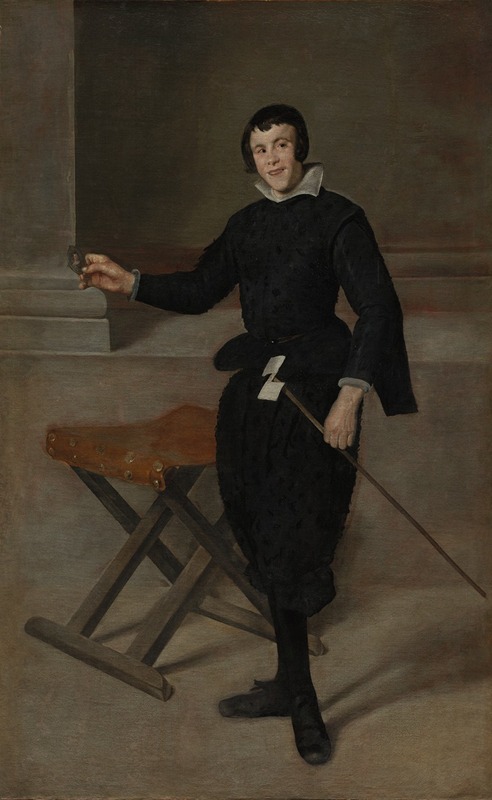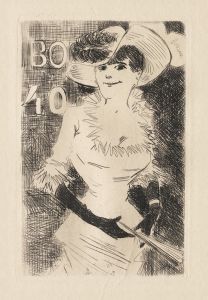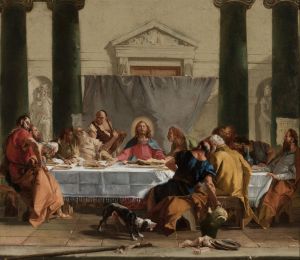
Portrait of the Jester Calabazas
A hand-painted replica of Diego Velázquez’s masterpiece Portrait of the Jester Calabazas, meticulously crafted by professional artists to capture the true essence of the original. Each piece is created with museum-quality canvas and rare mineral pigments, carefully painted by experienced artists with delicate brushstrokes and rich, layered colors to perfectly recreate the texture of the original artwork. Unlike machine-printed reproductions, this hand-painted version brings the painting to life, infused with the artist’s emotions and skill in every stroke. Whether for personal collection or home decoration, it instantly elevates the artistic atmosphere of any space.
Diego Velázquez, one of the most prominent Spanish painters of the 17th century, is renowned for his masterful portraits and his role as a leading artist in the court of King Philip IV of Spain. Among his notable works is "Portrait of the Jester Calabazas," a painting that exemplifies Velázquez's skill in capturing the complexity and humanity of his subjects.
The painting, also known as "Calabacillas" or "The Jester with a Book," is believed to have been created around 1637-1639. It depicts Juan Calabazas, a jester at the court of Philip IV. Calabazas, whose nickname "Calabacillas" translates to "little pumpkins," was one of several jesters and dwarfs who served at the Spanish court, providing entertainment and companionship to the king and his family.
In this portrait, Velázquez presents Calabazas seated, with a book resting on his lap. The jester is dressed in a simple, yet colorful costume, which contrasts with the more opulent attire often seen in portraits of the nobility. The background is dark and plain, a technique Velázquez frequently employed to focus attention on the subject. The lighting in the painting is subtle, highlighting the jester's face and hands, and drawing the viewer's eye to his expression.
Velázquez's portrayal of Calabazas is notable for its dignity and depth. Unlike many contemporary depictions of jesters, which often emphasized their comedic or grotesque aspects, Velázquez's painting captures a sense of introspection and humanity. The jester's expression is thoughtful, and his gaze is directed slightly away from the viewer, suggesting a moment of contemplation. This approach reflects Velázquez's ability to convey the inner life of his subjects, regardless of their social status.
The painting is part of a series of portraits Velázquez created of the court jesters and dwarfs, a group that included figures like Don Juan de Austria and Don Diego de Acedo. These works are significant not only for their artistic merit but also for their insight into the social dynamics of the Spanish court. By portraying these individuals with respect and sensitivity, Velázquez challenges the viewer to reconsider the roles and perceptions of those who were often marginalized in society.
"Portrait of the Jester Calabazas" is housed in the Museo del Prado in Madrid, where it remains an important part of the museum's collection of Velázquez's works. The painting continues to be studied and admired for its technical excellence and the empathetic portrayal of its subject. Through this work, Velázquez demonstrates his mastery of portraiture and his ability to transcend the conventions of his time, offering a nuanced perspective on the human condition.


















